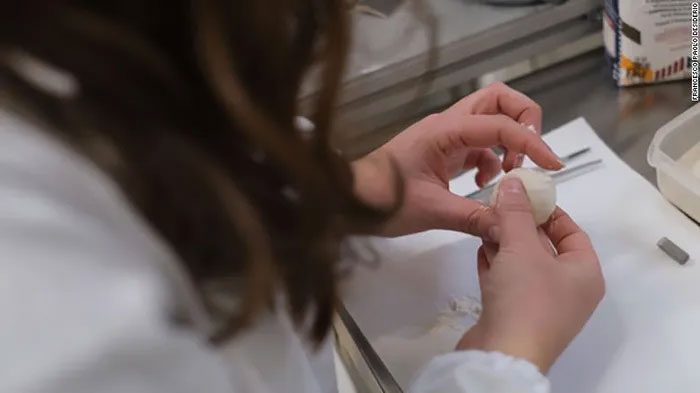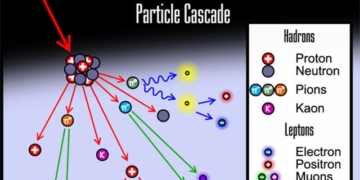A materials scientist allergic to yeast has created a type of pizza dough that rises like traditional pizza dough without the use of yeast.
In a recent article published on March 22 in the journal Liquid Physics, he and his colleagues reported that they have successfully developed a yeast-free rising pizza dough—although so far, the research team has only baked pizza bases about 10 mm in size without sauce, cheese, or other toppings.

Researchers successfully experimented with a very small amount of dough.
Ernesto Di Maio, a materials scientist at the University of Naples Federico II (UNINA) and the lead author of the study, stated: “We tried it, and it was beautiful, crispy, and soft.”
However, Francisco Migoya, the head chef at Modernist Cuisine, mentioned that he needs to taste the yeast-free dough himself to verify that assessment. Migoya said: “Yeast does a lot for dough beyond fermentation, such as the flavor you find and the complexity of the flavors.”
Alessio Cappelli, a food technologist at the University of Florence, Italy, expressed skepticism about the flavor of the dough and whether this unique new fermentation method would be widely adopted.
Classic Neapolitan pizza dough contains flour, salt for seasoning, water, yeast, and sugar. When yeast consumes the sugar in the mixture, the living microorganisms release carbon dioxide trapped in the dough, causing it to rise with gas. When the pizza dough is baked, the yeast dies in the extreme heat of the oven, but these gas bubbles remain trapped in the crust, giving it a light and airy texture.
Rossana Pasquino, a co-author of the study and a chemical engineer at UNINA, said: “The goal is to try to create the texture that we love in pizza without using chemical ingredients.”
To achieve this, the team prepared the pizza dough using the classic recipe, excluding yeast and sugar. They then placed a small spherical piece of dough into a steaming pot, a type of pressure cooker commonly used for sterilization to kill bacteria, viruses, and fungal spores.
Next, the researchers pumped gas into the steamer to fill the dough with bubbles and raised the pressure to 10 atm before carefully releasing that pressure at the right moment.
“If you release too late—you reduce the pressure after the dough has set—it will crack. If you release the pressure too early… it will not rise,” Di Maio revealed the secret by using a similar technique in his laboratory to pump bubbles into polyurethane, a type of synthetic polymer.
To ensure the dough’s temperature matched that of a typical wood-fired pizza, co-author Paolo Iaccarino, a UNINA graduate and part-time pizza maker, measured the internal temperature of the dough being baked at the pizzeria where he works.
After initial success with tiny pizzas, the research team has now purchased a larger steamer capable of producing normal-sized pizzas.
Pasquino stated that their dough-making method is not easily accessible, but theoretically, it could save people time waiting for the dough to rise. One day, this dough could be used to make delicious pizzas for those allergic to yeast.





















































